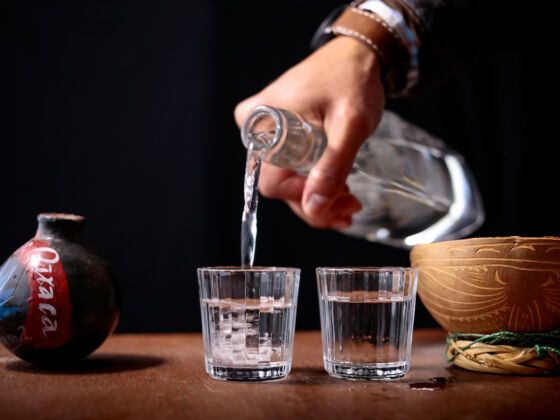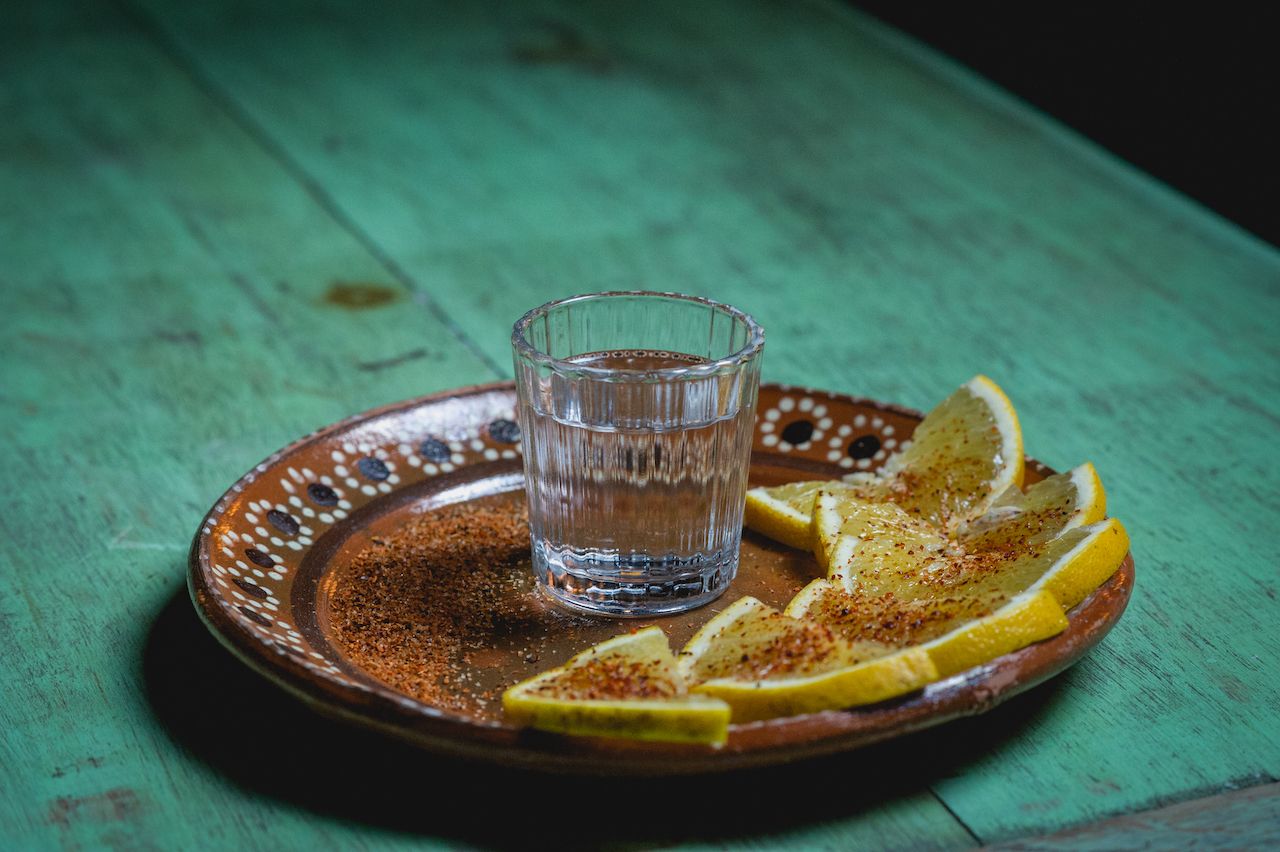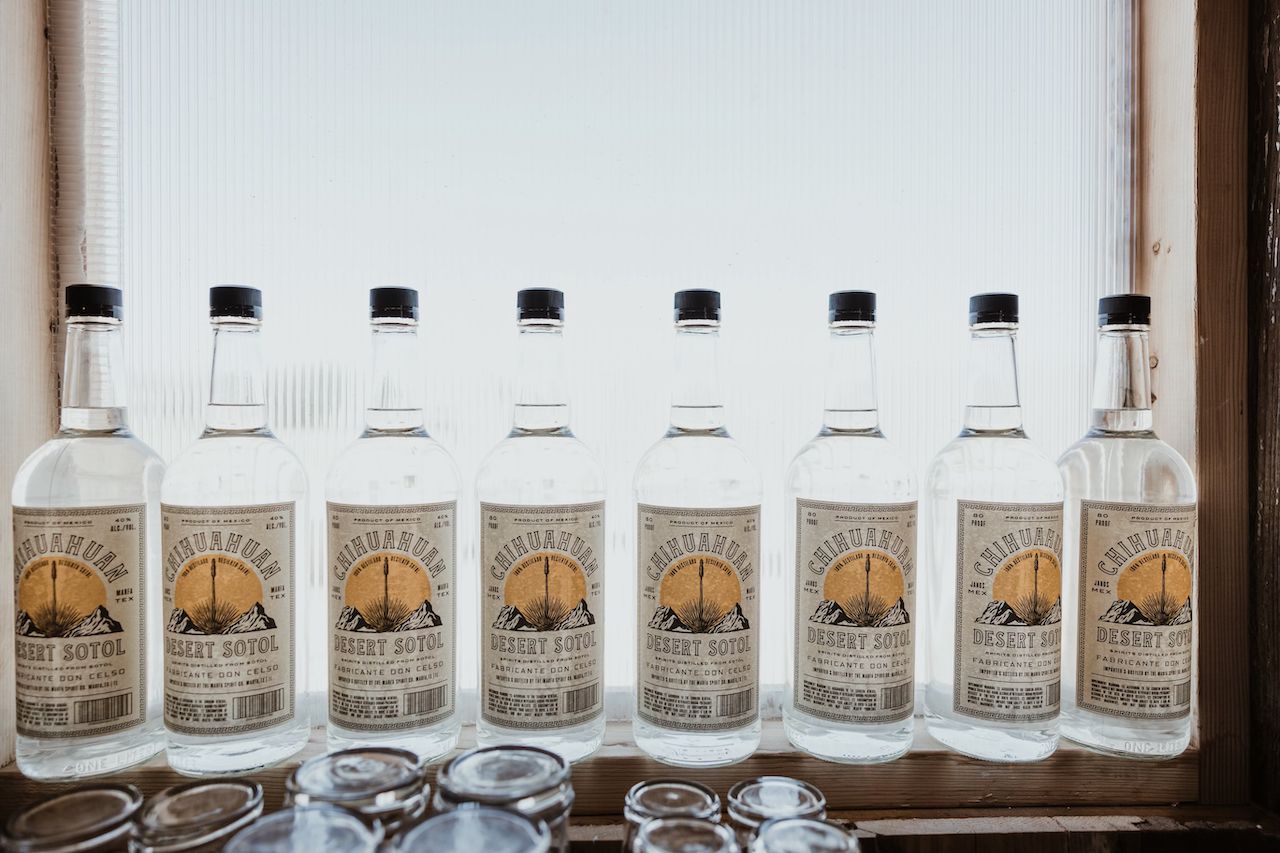Tequila is by far the most popular spirit from Mexico. It has long been loved by people on both sides of the border and around the world, and recently, the appeal of premium tequilas in the United States has spurred interest in other types of liquor unique to the country.
Today, bars and liquor store shelves are stocked with everything from Mexican whiskey — Abasolo, which is made using traditional corn nixtamalization — to a wide variety of sustainable mezcals, sotols, raicillas, and bacanoras.
The next time you’re looking to sip something from Mexico, take a step out of the tequila comfort zone for one of these traditional spirits.


